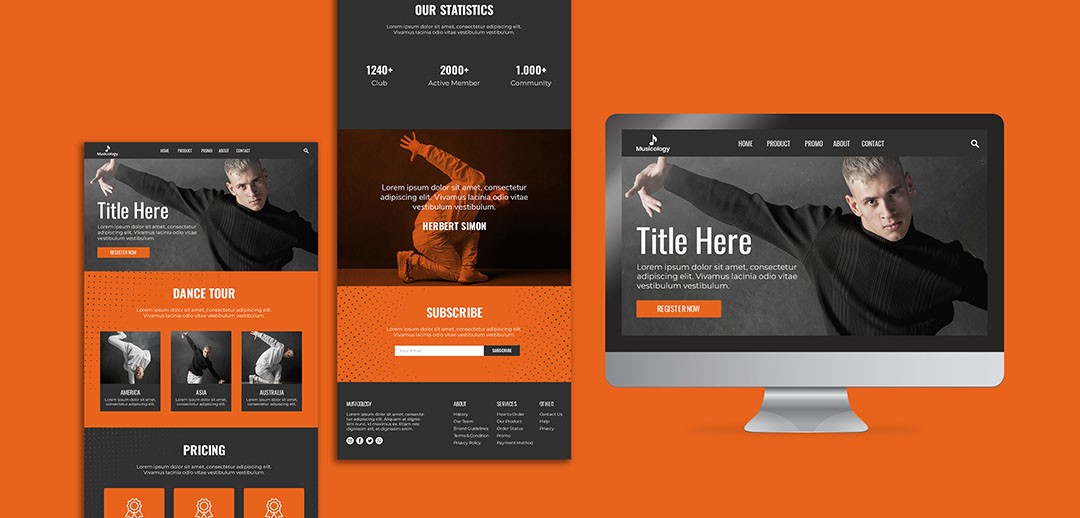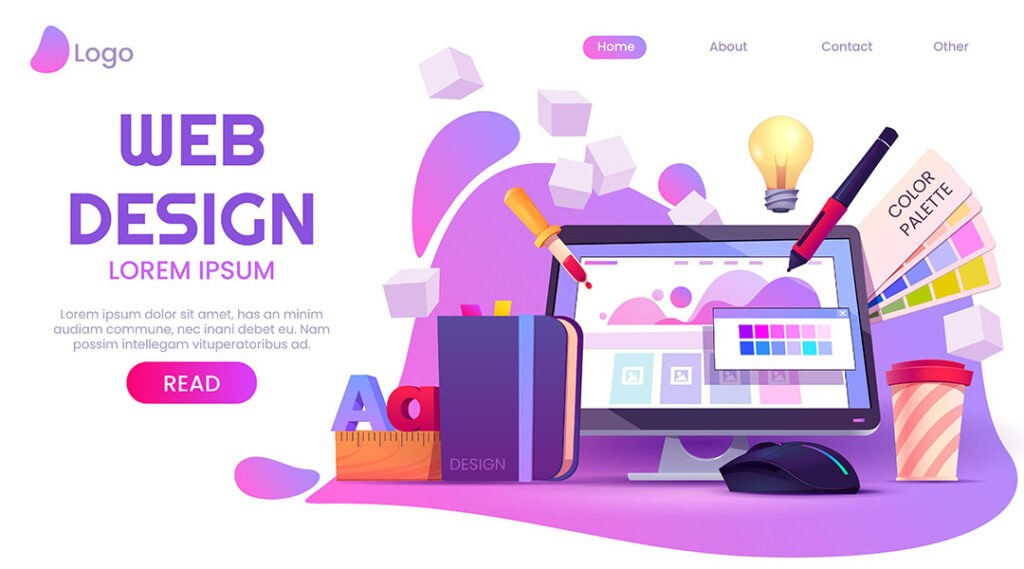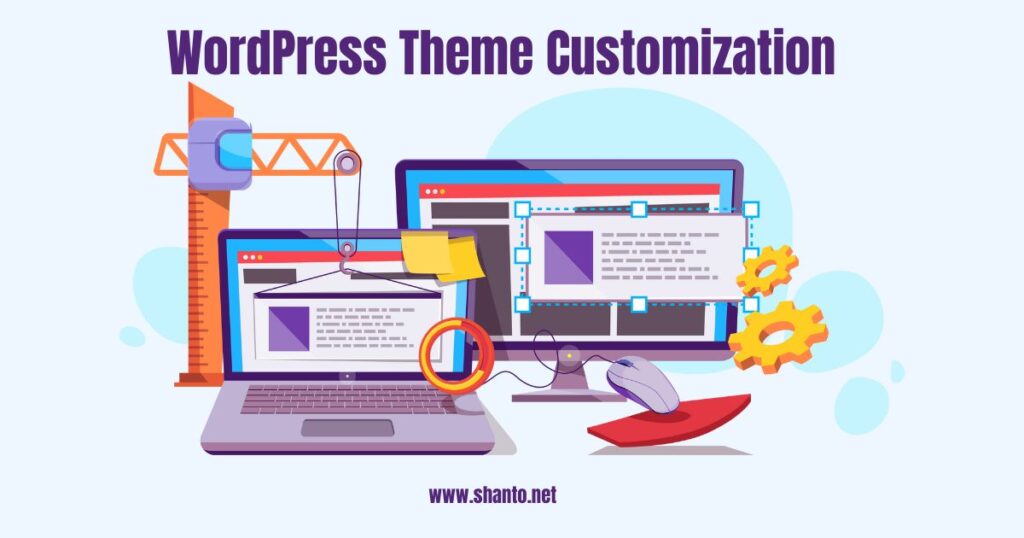What is WordPress?
WordPress is one of the most popular content management systems (CMS) in the world, with millions of websites powered by this platform. It is a powerful tool for web design, allowing designers and developers to create professional-looking websites quickly and easily. In this article, we will discuss some of the key aspects of WordPress web design.

Table of content
WordPress Themes
One of the key features of WordPress is its vast library of themes. A theme is a pre-designed template that determines the layout, style, and functionality of a website. There are thousands of WordPress themes available, both free and premium, allowing designers to choose a theme that fits their clients’ needs and aesthetic preferences.
When choosing a WordPress theme, it is important to consider the website’s purpose and target audience. A theme designed for an e-commerce website, for example, will have different features and design elements compared to a theme for a blog or portfolio website.
Customization
While WordPress themes offer a great starting point for web design, it is important to customize them to make them unique and tailored to the client’s needs. WordPress offers a range of customization options, allowing designers to modify the theme’s colors, fonts, layout, and functionality.
Customization can be done using WordPress’ built-in customization tools or by editing the theme’s code. For advanced customization, designers can also create their own WordPress themes from scratch, using HTML, CSS, and PHP.
Plugins
In addition to themes, WordPress also offers a vast library of plugins. A plugin is a software component that adds specific functionality to a website. There are thousands of WordPress plugins available, both free and premium, allowing designers to add features such as contact forms, social media sharing, e-commerce functionality, and more.
Plugins can be installed and activated from within the WordPress dashboard, making it easy for designers to add new functionality to a website without having to write custom code.
Responsiveness
In today’s mobile-first world, it is essential for websites to be responsive. Responsive web design is the practice of designing websites that adapt to different screen sizes and devices, such as smartphones, tablets, and desktops.
Fortunately, WordPress themes are designed to be responsive by default, allowing designers to create websites that look great on any device. However, it is still important to test websites on different devices and browsers to ensure they are responsive and mobile-friendly.
SEO Optimization
Search engine optimization (SEO) is the practice of optimizing websites to rank higher in search engine results pages (SERPs). WordPress offers a range of tools and plugins to help designers optimize their websites for SEO.
For example, the Yoast SEO plugin is a popular tool that helps designers optimize their content for keywords and provides suggestions for improving the website’s SEO. Additionally, WordPress’ built-in features such as permalinks and meta descriptions can be customized to improve SEO.
Conclusion
WordPress is a powerful tool for web design, offering a range of features and customization options that allow designers to create professional-looking websites quickly and easily. With its vast library of themes and plugins, responsive design capabilities, and SEO optimization tools, WordPress has become the go-to platform for web designers and developers worldwide. By leveraging the power of WordPress, designers can create websites that meet their client’s needs and exceed their expectations.



